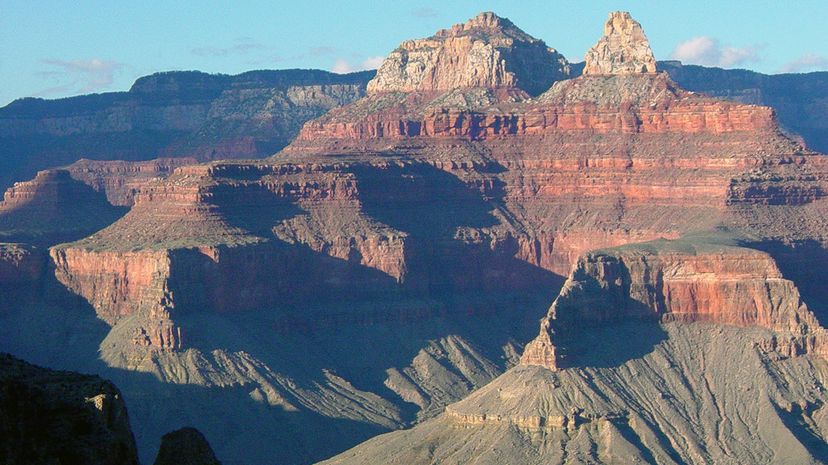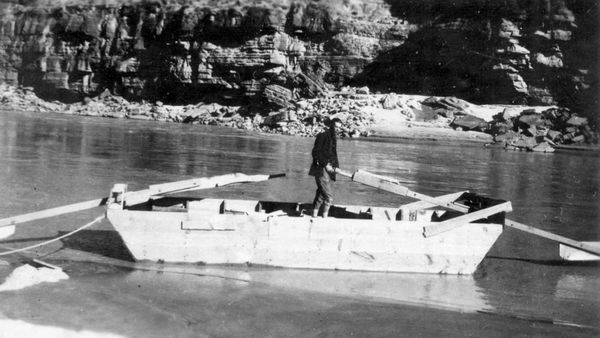
At 277 miles (445 kilometers) long, up to 18 miles (28 kilometers) wide and 1 mile (1.6 kilometers) deep, the Grand Canyon is one of the most beautiful and awe-inspiring places in the United States. The Hopi Indians believe it is the gateway to the afterlife. Its sheer immensity and mystery attracted more than 6 million visitors in 2016.
But what those people probably don't know is that the Grand Canyon might once have been the home of an entire underground civilization. But where are they now? And why did they abandon the canyon? Hosts Matt Frederick, Ben Bowlin and Noel Brown jump straight in to the folklore, the legends, and of course, the conspiracies to find out what really happened to the Grand Canyon's Lost Civilization in this episode of Stuff They Don't Want You To Know.
Advertisement
It all started in 1909, when purported Smithsonian Institution explorer G.E. Kincaid discovered strange caverns during an expedition directed by Smithsonian anthropologist S.A. Jordan. The entrance to the cavern was nearly inaccessible, but Kincaid was able to get in to make an incredible discovery. The enormous caves, which radiated out from a center cavern like spokes on a wheel, were full of artifacts, including statues, copper weapons, even granaries full of seeds. Its size indicated that 50,000 people could live inside comfortably.
But even more amazingly, the artifacts didn't match up to anything in the known record. Rather than appearing to be of Native American origin, as one might expect, the objects had distinct Egyptian or Tibetan designs. Could there actually have been an entire civilization of Egyptians living there? If so, how did they get there?
The story caused a huge sensation when it broke in the Arizona Gazette in 1909, but was soon met with skepticism: The Smithsonian has no record of either of the scientists, nor their discoveries, and firmly quells any claims that Egyptian artifacts have been found in either North or South America. And no one has been able to find these supposedly massive caves since. Was this some elaborate hoax, maybe perpetrated by the Gazette to sell papers?
That's certainly a possibility, but it doesn't fly for many conspiracy theorists. Some argue that the Smithsonian Institution has purposely wiped Kincaid and Jordan from their records and actively destroyed artifacts that don't agree with the "status quo story" of human history. Others think the caves hold a passage to the fourth dimension, where the reptilians (yep!) who have secretly run the world for thousands of years emerge into our world. Still others believe the area is top-secret and closely guarded, like Area 51.
So is this series of caverns proof of a long-lost, possibly Egyptian civilization that's simply being covered up by the Smithsonian, or is it a passageway into this dimension for our reptilian overlords? One thing is for sure. You'll have to listen in to the podcast to get all the crazy details and decide for yourself what's really going on in the Grand Canyon — plus to see if Matt, Ben and Noel think the entire story is just a bunch of hooey.
Learn more about the Grand Canyon in "The Grand Canyon: Between River and Rim" by Pete McBride. HowStuffWorks picks related titles based on books we think you'll like. Should you choose to buy one, we'll receive a portion of the sale.
Advertisement

